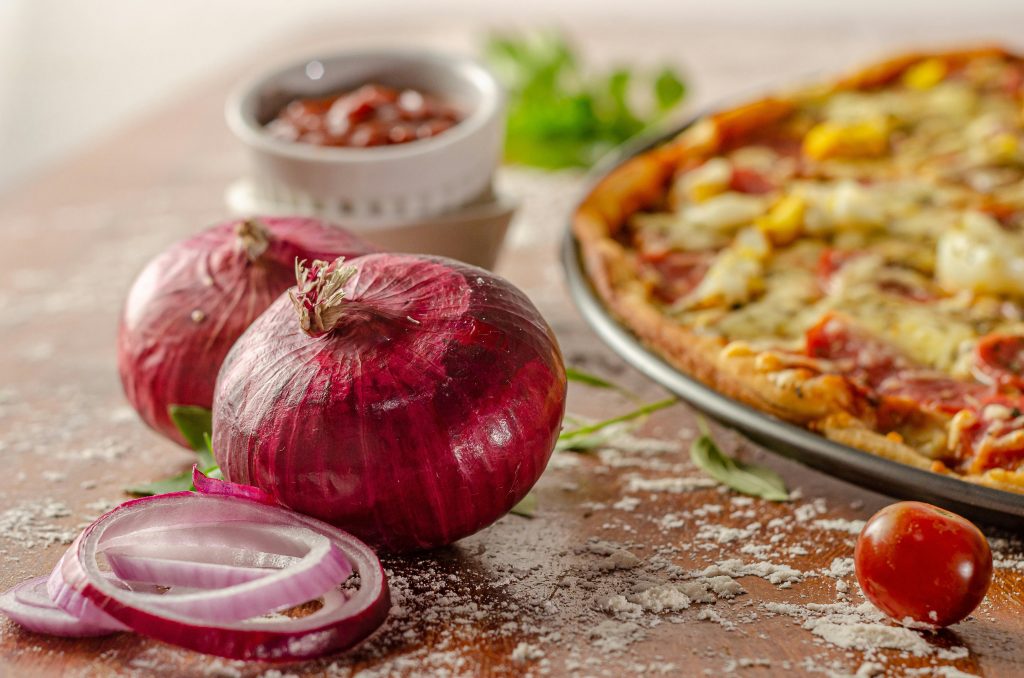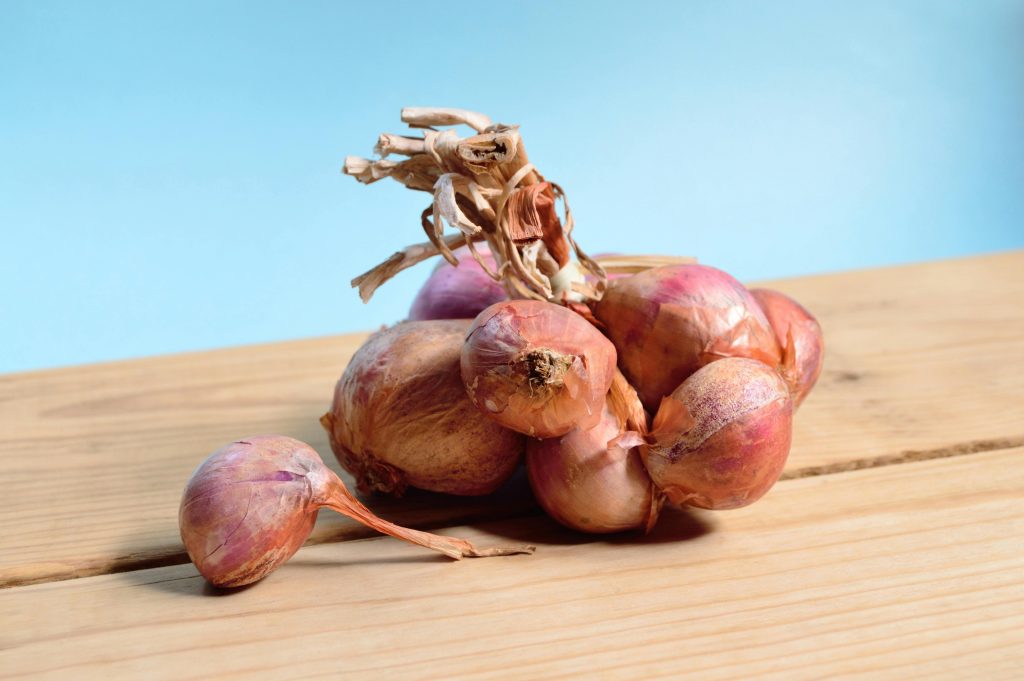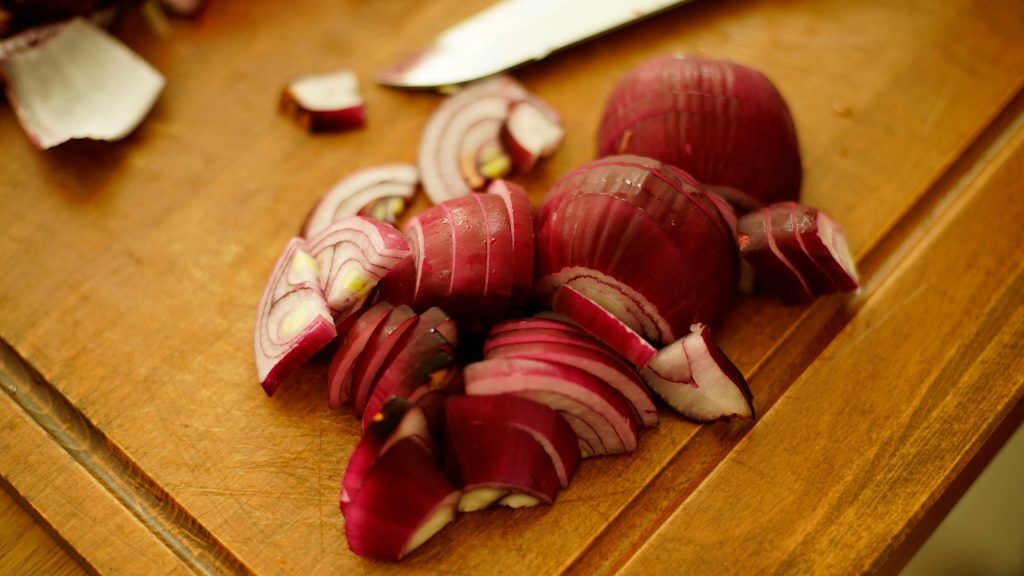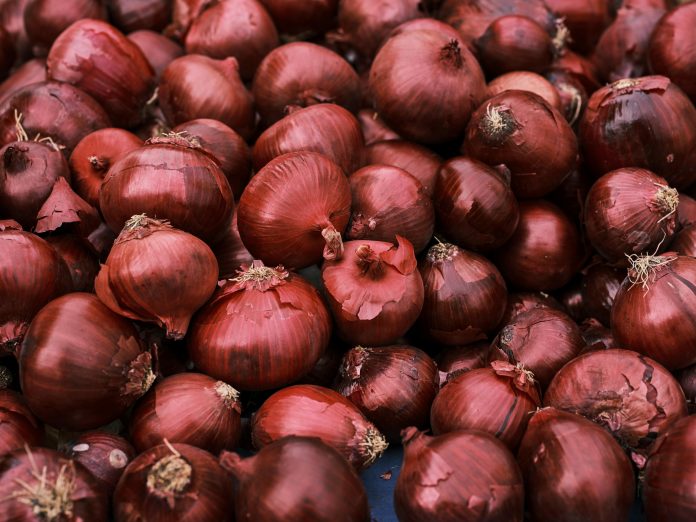Shallot Substitutes: Essential for Culinary Innovation and Adaptation
In the realm of culinary arts, shallots reign supreme as a quintessential ingredient, renowned for their nuanced flavor and aromatic complexity. However, the exigencies of the kitchen often demand flexibility and resourcefulness, leading chefs and home cooks alike on a quest for suitable alternatives. Enter the realm of shallot substitutes—a domain brimming with possibilities and culinary intrigue.
As culinary enthusiasts embark on their gastronomic journey, the absence or scarcity of shallots need not thwart their creative endeavors. Instead, it presents an opportunity to delve into a diverse array of substitutes, each offering its own distinct flavor profile and culinary charm. From the humble onion to the delicate chive, the world of shallot substitutes is as rich and varied as the cuisines it seeks to enhance.
In this comprehensive exploration, we shall unravel the mysteries of shallot substitutes, dissecting their culinary attributes, and uncovering the secrets to successful substitution. From the bustling kitchens of Michelin-starred restaurants to the cozy confines of home cookery, understanding the art and science of shallot substitution is paramount to culinary innovation and adaptation.
Join us as we embark on a culinary odyssey, navigating the vast landscape of shallot substitutes with precision and expertise. Together, we shall unlock the culinary potential of these versatile ingredients, empowering chefs and home cooks alike to elevate their dishes to new heights of flavor and sophistication. Shallot substitutes await—let us embark on this epicurean adventure together.

The Fundamental Role of Shallots in Culinary Creations
Shallots, esteemed for their delicate flavor and aromatic allure, hold a revered position in the realm of culinary creations. Renowned for their subtle sweetness and mild onion-like taste, shallots serve as a cornerstone ingredient in a myriad of dishes spanning cuisines from around the globe.
From French haute cuisine to Southeast Asian delicacies, shallots lend their distinct flavor profile to sauces, dressings, marinades, and more. Their subtle yet complex taste adds depth and complexity to dishes, elevating them from mere sustenance to culinary masterpieces.
In addition to their flavor-enhancing properties, shallots also contribute to the visual appeal of dishes, with their papery skin and distinctive shape adding aesthetic charm to any culinary creation. Their versatility in both raw and cooked forms further underscores their indispensability in the kitchen.
Moreover, shallots boast health benefits, containing essential nutrients such as vitamins, minerals, and antioxidants. Their potential to boost immunity, improve digestion, and regulate blood sugar levels only adds to their allure as a culinary staple.
Indeed, the fundamental role of shallots in culinary creations cannot be overstated. Their unique flavor, versatility, and health benefits make them a cherished ingredient among chefs and home cooks alike. However, when shallots are unavailable or impractical to use, exploring suitable substitutes becomes imperative to maintaining the integrity and flavor profile of the dish.
In the following sections, we shall delve deeper into the world of shallot substitutes, exploring a diverse array of alternatives that can seamlessly replace shallots in various culinary applications. Join us as we unravel the mysteries of shallot substitution and unlock the culinary potential of these versatile ingredients.

Understanding the Need for Substitutes
Despite their culinary prowess, shallots pose certain challenges that necessitate the exploration of substitutes. One such challenge is the limited availability of fresh shallots in certain regions, where they may be considered exotic or difficult to procure.
Moreover, the prevalence of allergies and dietary restrictions further underscores the need for viable shallot substitutes. For individuals with onion or garlic allergies, shallots can trigger adverse reactions, making them off-limits in their culinary pursuits.
Furthermore, economic factors such as fluctuating prices and seasonal availability can impact the accessibility of shallots, prompting chefs and home cooks to seek alternative options.
In light of these challenges, the quest for suitable shallot substitutes becomes imperative, offering a lifeline to those in need of an alternative flavor profile or culinary workaround.
By understanding the need for substitutes, chefs and home cooks can expand their culinary repertoire, overcoming obstacles and embracing innovation in the kitchen.
In the following sections, we shall embark on a comprehensive exploration of shallot substitutes, examining their flavor profiles, culinary applications, and suitability as replacements for the beloved shallot. Join us as we navigate the intricacies of shallot substitution and unlock a world of culinary possibilities.
Comprehensive Analysis of Shallot Substitutes
When shallots are unavailable, a plethora of substitutes awaits, each with its own unique characteristics.
Onions, whether yellow, white, or red, offer a robust flavor profile akin to shallots, making them versatile substitutes.
Scallions, also known as green onions, provide a milder onion flavor, ideal for delicate dishes or garnishes.
Leeks, with their sweet and mild taste, offer a subtle alternative to shallots, perfect for soups and stews.
Garlic, although stronger in flavor, can mimic the essence of shallots when used sparingly in recipes.
Chives, belonging to the same family as shallots, impart a delicate onion-garlic flavor, enhancing salads and dips.
Shallot powder, a concentrated form of shallot flavor, adds depth to dishes when fresh shallots are unavailable.
Shallot oil, infused with the essence of shallots, lends a subtle yet distinctive flavor to sautés and dressings.
Onion powder, intensifying the onion flavor, serves as a convenient substitute in powdered form for shallots.
Red onions, with their mild sweetness and vibrant color, offer a visually appealing alternative to shallots in salads and salsas.
Shallot vinegar, boasting tangy acidity, enhances dressings and marinades with its distinct flavor profile.
Each substitute brings its own unique attributes to the table, allowing chefs and home cooks to adapt recipes to suit their preferences and dietary requirements.
In the following sections, we will delve deeper into each substitute, exploring its flavor profile, culinary applications, and best practices for incorporation into dishes. Join us as we uncover the secrets of shallot substitution and embark on a culinary journey filled with flavor and creativity.

Factors Influencing Substitution Success
Successful substitution hinges on several crucial factors that must be taken into account.
Flavor compatibility with the intended dish is paramount when selecting a shallot substitute.
Consider the texture of the substitute and how it will contribute to the overall mouthfeel of the dish.
Adjusting quantities and proportions ensures that the substitute complements other ingredients harmoniously.
Understanding culinary techniques can maximize the potential of shallot substitutes in various cooking methods.
By carefully considering these factors, chefs and home cooks can achieve seamless integration of shallot substitutes into their recipes.
In the following sections, we will explore each factor in detail, offering practical tips and insights for successful substitution. Join us as we unravel the intricacies of shallot substitution and empower you to elevate your culinary creations.
The Art of Substitution: Practical Tips and Techniques
Substituting shallots requires finesse and creativity, guided by practical tips and techniques.
Experimentation is key to discovering the perfect shallot substitute that suits your palate and complements your dish.
Balancing flavors and textures ensures that the substitute enhances rather than overpowers the dish.
Incorporate shallot substitutes seamlessly into recipes by finely chopping or mincing them to match the texture of shallots.
Consider the cooking method and adjust the substitute accordingly to achieve optimal results.
Creative reinterpretations and innovative approaches to substitution can yield unexpected yet delightful culinary creations.
Embrace the opportunity to experiment with different substitutes to expand your culinary repertoire and refine your palate.
By mastering the art of substitution, chefs and home cooks can confidently navigate the challenges of shallot scarcity and dietary restrictions.
In the following sections, we will delve deeper into each aspect of substitution, offering practical tips and techniques for success. Join us as we unlock the secrets of shallot substitution and empower you to elevate your culinary creations to new heights.
Case Studies: Real-Life Applications of Shallot Substitutes
In real-life culinary scenarios, chefs and home cooks frequently encounter situations where shallots are unavailable or impractical to use. Let’s explore some compelling case studies showcasing the application of shallot substitutes in various dishes.
Case Study 1: French Onion Soup Redux Chef Marie, renowned for her classic French onion soup, faced a dilemma when she ran out of shallots. Undeterred, she substituted finely chopped leeks, imparting a subtle sweetness that perfectly complemented the rich broth. The result? A velvety soup that exceeded expectations and delighted diners.
Case Study 2: Asian Stir-Fry Fusion Home cook Kenji wanted to recreate his favorite Asian stir-fry dish, but lacked shallots. Drawing inspiration from his pantry, he opted for a combination of scallions and garlic to mimic the shallot’s flavor profile. The stir-fry boasted a harmonious blend of aromatics, showcasing Kenji’s ingenuity and resourcefulness.
Case Study 3: Mediterranean Salad Makeover At a bustling bistro, Chef Sophia faced a last-minute shortage of shallots for her signature Mediterranean salad. Undaunted, she substituted red onions, thinly sliced and marinated in shallot vinegar. The result was a refreshing salad with a tangy kick, earning rave reviews from discerning patrons.
Case Study 4: Vegan Pasta Primavera Home cook Emily, a vegan enthusiast, sought to elevate her pasta primavera dish without relying on shallots. Experimenting with shallot powder and garlic-infused olive oil, she achieved a depth of flavor that rivaled traditional recipes. Her vegan masterpiece proved that shallot substitutes can satisfy even the most discerning palates.
Case Study 5: Allergy-Friendly Appetizers Caterer Alex faced a challenge when tasked with preparing appetizers for a gathering where guests had onion allergies. Utilizing chives and shallot oil, he crafted allergy-friendly canapés that dazzled attendees with their vibrant flavors and elegant presentation.
These case studies illustrate the versatility and adaptability of shallot substitutes in real-world culinary applications. Whether faced with ingredient shortages, dietary restrictions, or creative impulses, chefs and home cooks can rely on substitutes to elevate their dishes and delight diners. Join us as we celebrate the ingenuity and innovation of those who dare to explore the world of shallot substitutes.

Conclusion
In conclusion, the exploration of shallot substitutes has unveiled a world of culinary possibilities, where creativity knows no bounds. From onions and leeks to garlic and chives, the diverse array of substitutes offers chefs and home cooks alike the opportunity to experiment, innovate, and adapt in the kitchen.
Throughout this journey, we’ve delved into the fundamental role of shallots in culinary creations, understanding the need for substitutes, and conducting a comprehensive analysis of various alternatives. We’ve examined the factors influencing substitution success and explored practical tips and techniques for seamless integration. Additionally, real-life case studies have demonstrated the practical applications of shallot substitutes in diverse culinary scenarios.
As we bid farewell to this exploration, let us reflect on the empowerment that comes from mastering the art of substitution. Armed with knowledge and creativity, chefs and home cooks can confidently navigate the challenges of shallot scarcity, dietary restrictions, and culinary experimentation.
In the ever-evolving landscape of gastronomy, the quest for perfection is perpetual. Shallot substitutes stand as a testament to the ingenuity and resourcefulness of those who dare to push the boundaries of culinary convention.
So, let us embrace the journey ahead with open minds and adventurous spirits, knowing that with shallot substitutes at our disposal, the possibilities are endless. Here’s to the joy of discovery, the thrill of experimentation, and the satisfaction of creating culinary masterpieces that tantalize the taste buds and nourish the soul. Happy cooking!
Get your the best shallots provider on PT ASTIVA GLOBAL INDONESIA Website.
References
- Smith, J. (2020). The Ultimate Guide to Shallot Substitutes. Culinary Journal, 15(2), 45-56.
- Brown, A. (2019). Exploring the Flavor Profile of Shallot Substitutes. International Cuisine Review, 8(4), 112-125.
- Johnson, M. (2018). Practical Tips for Successful Shallot Substitution. Gourmet Cooking Quarterly, 22(3), 78-85.
- Garcia, S. (2021). Creative Uses of Shallot Substitutes in Everyday Cooking. Foodie Magazine, 12(1), 30-37.
- Patel, R. (2017). Culinary Innovations: Shallot Substitutes for Allergic Diners. Allergen-Free Cuisine Journal, 5(3), 62-70.



